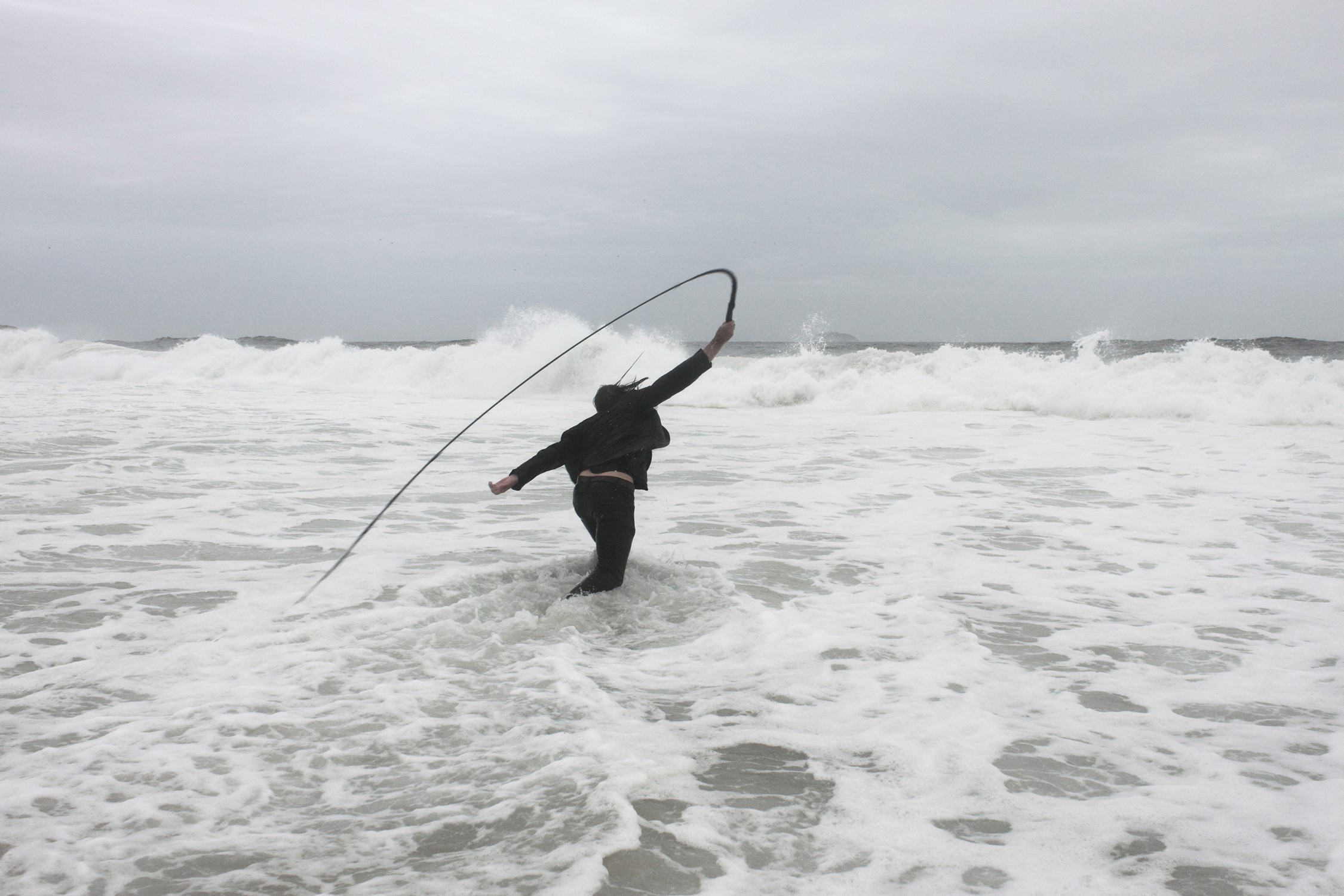
Julius von Bismarck
Just a bowl of cherries
Dec 7, 2019 – Feb 16, 2020
7th Thessaloniki Biennale, Experimental Center for the Arts, Greece
with works by Laurie Anderson, Julien Blaine, Gary Colclough, Christos Delidimos, Kiluanji Kia Henda, Tamara MacArthur, Yorgos Maraziotis, Andrea Pugiotto, Virginia Russolo, Federica Sasso, Helge Skodvin, Julius von Bismarck
curated by Nicolas Vamvouklis
Why are we here? Where are we going?
It’s time that we found out
We’re not here to stay; we’re on a short holiday
Life is just a bowl of cherries
Don’t take it serious; it’s too mysterious
(Ray Henderson and Lew Brown, 1931)
The group exhibition “Just a bowl of cherries” explores the proposal of the 7th Thessaloniki Biennale for taking a stance: pausing for reflection and observing things from a critical distance in order to redefine values. It includes the work of twelve artists who examine the idea of sending representative objects concerning life on Earth in outer space so that extraterrestrial beings might learn about our world.
The show functions as a kind of capsule inspired by the Pioneer plaques, the first artificial objects developed in the early 1970s with the aim of leaving our Solar System. They were designed by US artist Linda Salzman Sagan (wife of astronomer Carl Sagan, who was the head of the mission conducted by NASA) as an illustrated message of peace and friendship from humanity toward the Universe.
Their minimal layout included the figures of a man and a woman as well as diagrams, which indicated planetary positions and comparisons of sizes. As expected, there were negative reactions regarding the two human figures. The critique focused on the failure of a pan-racial appearance, the apathetic position of the woman compared to the greeting man, the censorship of physical characteristics, the complete lack of contact and the absence of other life forms. This paternalistic attitude towards the rest of the world makes us question: who consulted us to represent life on Earth?
Almost fifty years after the launch of the Pioneer plaques, the participating artists bring together a new selection of testimonies of today’s society and at the same time analyse what should be preserved for future generations. The exhibition does not aim at an exhaustive listing of objects but seeks to emphasise the subtle relationships between bodies, spaces and experiences in a period of existential, social and ideological struggle.
The artistic research expands to both the public and private sphere, stressing the need for urgent global action. Among others, the exhibition features iconic works by pioneer artists such as Laurie Anderson and Julien Blaine, new commissions by emerging Tamara MacArthur, George Maraziotis and Christos Delidimos, as well as archival material from NASA. Some of the guiding questions in this process: What are our priorities in this new documentation? Will we demonstrate an idealised version of our reality? In what language will we communicate with the unknown recipient of the message?